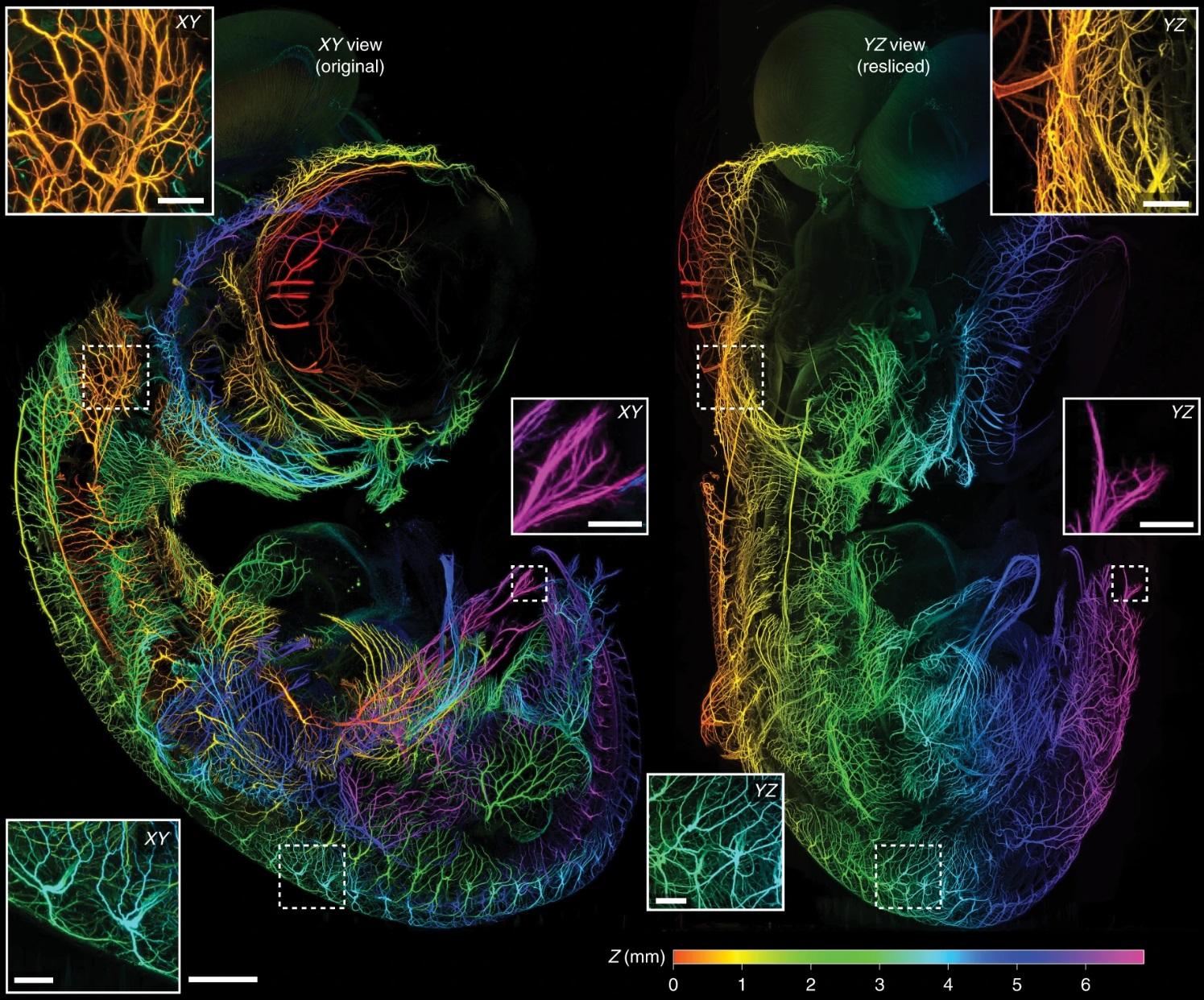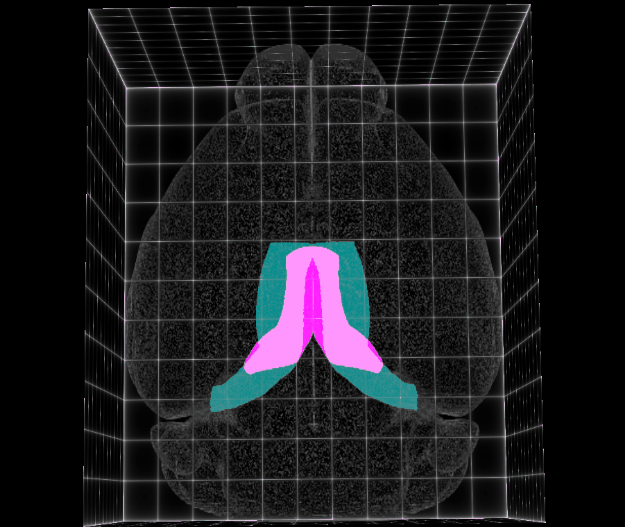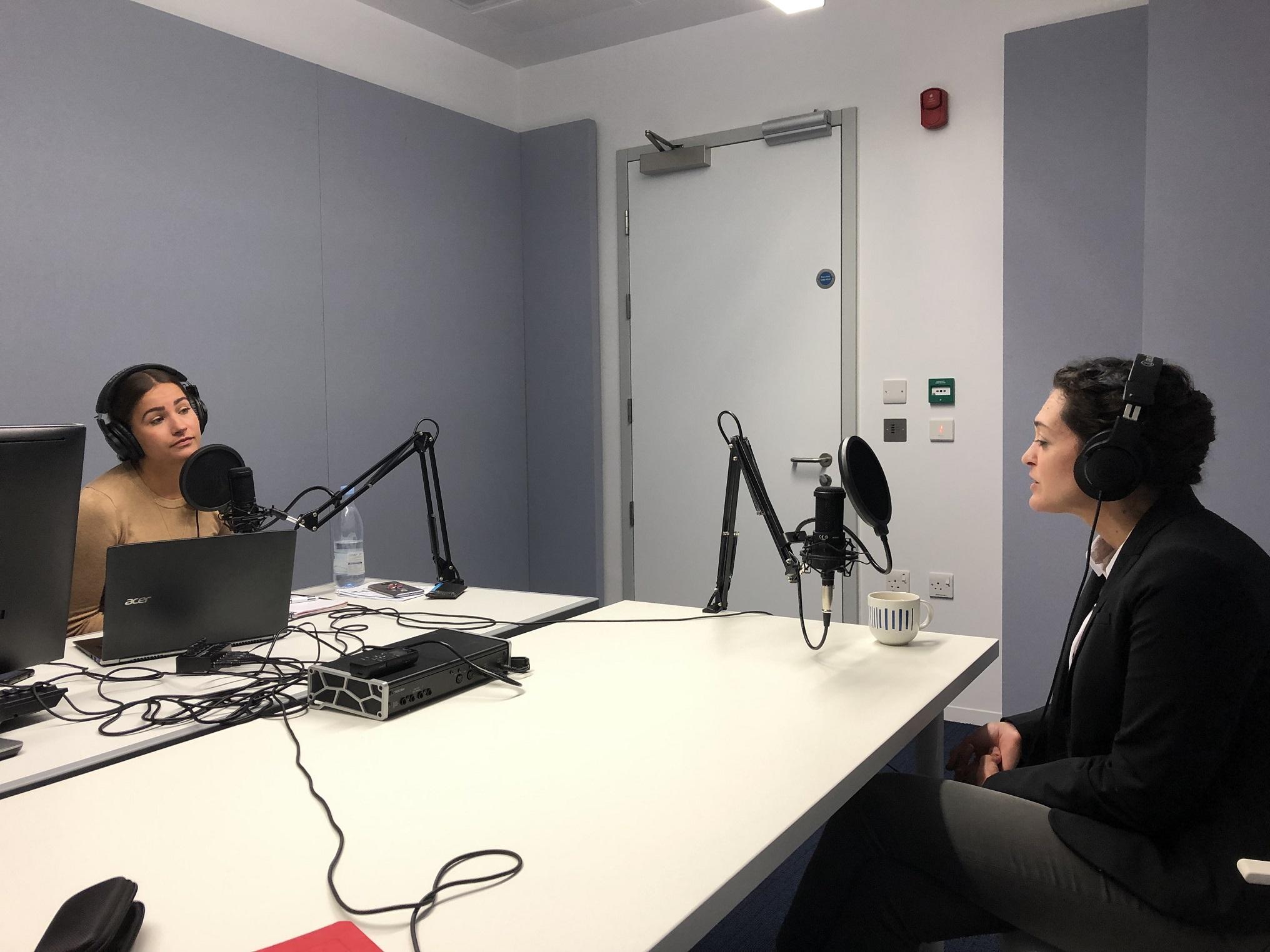
19 Things We Learned in 2019
1. Teenagers are smarter than you think they are
Contrary to popular belief, the frontal cortex in teenagers is quite functional, it’s just doing something different from what it’s doing in adults. Dr Linda Wilbrecht told us all about it when she visited the SWC in April.
2. The brain hacks of the pros
Neuroscientists, they’re just like us! It turns out even researchers at the top of their game use tricks like the memory palace technique and kinesthetic learning.
3. The neuroscientific arguments for and against free will
You’ve heard philosophers debate whether humans have free will, but what about the scientists studying the part of the body thought to control our actions? It turns out neuroscientists are just as divided over the question as the rest of us.
4. How to make a better microscope
The SWC's Rob Campbell collaborated with a team of scientists spanning the European continent to design a microscope that would image brain samples more quickly and at a fraction of the cost of available alternatives.

An image captured with a mesoSPIM microscope
In 2019 we started a new joint research fellowship with the Gatsby Computational Neuroscience Unit. It’s helping us bridge the gap between experimental and computational neuroscience (and we’re accepting applications through Monday 6 January!)
6. Some insects navigate by sight—even when they’re walking backwards
Professor Barbara Webb showed us how ants know their way home by sight, and they rely on their eyes more than you might expect.
7. How the retrosplenial cortex helps animals keep track of their own movement
Navigation is essential to finding food, getting home, migrating and many more survival skills in animals. SWC postdoctoral fellow Sepiedeh Keshavarzi explained one of the key elements of self-motion tracking at the 2019 Society for Neuroscience meeting.

The retrosplenial cortex
Dr Thomas Akam explained the internal models that allow us to make strong predictions about what is likely to happen, and adjust flexibly when those predictions turn out to be wrong.
SWC Group Leader Dr Marcus Stephenson-Jones was part of a team that identified four classes of neurons that drive reward-seeking and punishment-avoiding behaviour.
10. Why it’s a good time to be a systems neuroscientist
When Dr Jess Cardin visited the SWC she said, for systems neuroscientists, there’s no time like the present. “You can basically sit back and say, ‘ok, I don’t want to worry about the techniques and the limitations. If we don’t have it already we’ll build it or buy it or make it or whatever. Let’s just think about the right question—any question—what’s the right question and what’s the best experiment to answer that question?’ Ten years ago we were not approaching our kind of science that way.”
11. The nature of consciousness
In an interview, Professor Daniel Dennett laid out the difference between the “hard question of consciousness” and the “hard problem of consciousness”, and just what it is that sets humans apart from animals.
A collaboration with circus performers allowed us to explore how our brains allow us to balance, and how that ability changes with cognitive load.
13. Most of your neurons live with you all your life
That was just one of the fun facts we learned when we asked neuroscientists about their favourite things about the brain.
2019 saw the launch of our virology and histology core facilities, which allow our researchers to access bespoke tools for their experiments.
15. Mathematics + Linguistics = Neuroscience
Professor Indira Raman told us how she drew inspiration from two of her favourite subjects when she chose a career in neuroscience.
We summarily debunked five common myths about the brain and neuroscience.
17. Some neurons are double agents
Research in the Mrsic-Flogel Lab led to the discovery that certain neurons are responsible for representing activity happening in distant areas of the brain to ease long-distance conversation—and they can change which part of the brain they’re representing depending on the behavioural state of the animal.
18. Why the simplest answer is sometimes the best answer
Dr James Fitzgerald told us that working with animals that have simple nervous systems allows him to answer questions he couldn’t address if he used a more complex model.
19. How to podcast
Our podcast team has been hard at work setting up a studio, interviewing guest speakers and learning the tricks of the trade. Stay tuned for the launch of BrainTalk in early 2020!

Sarah Olesen interviews Jess Cardin for BrainTalk